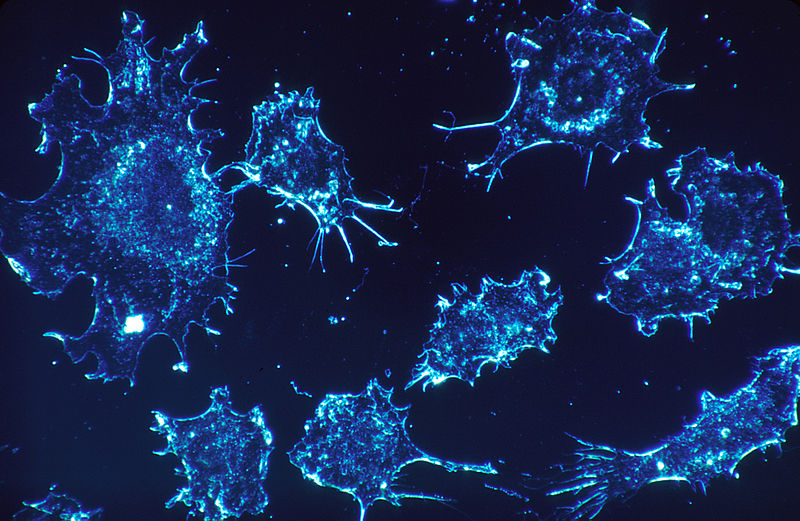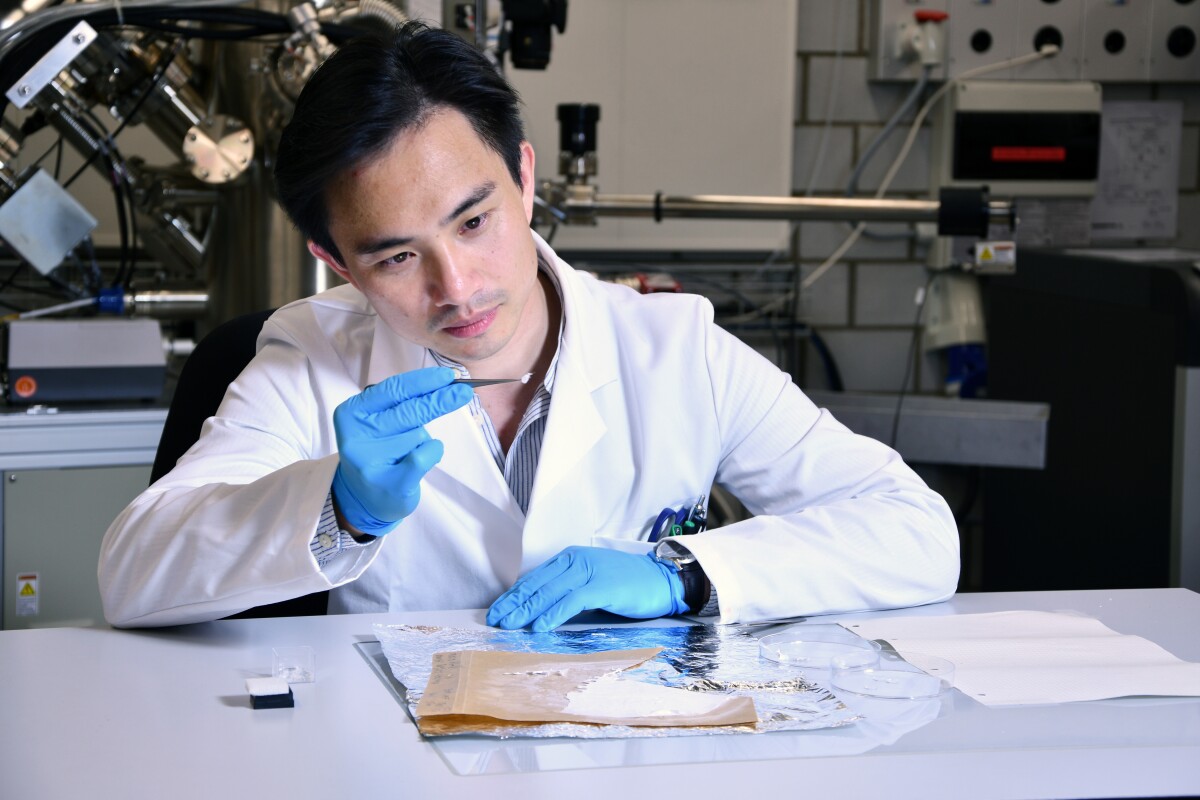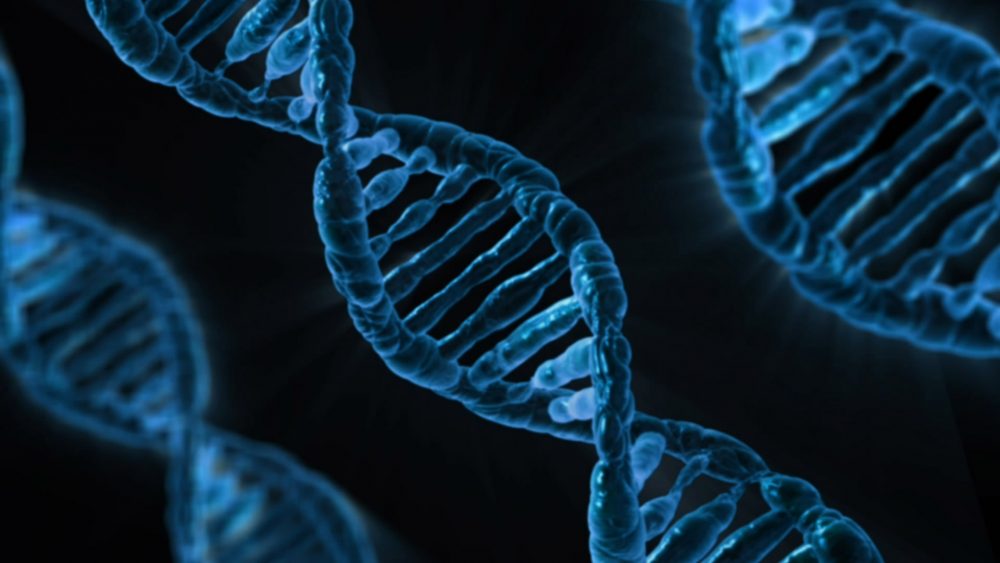A New Frontier in Cancer Treatment
Researchers are developing a revolutionary approach to fighting cancer on a cellular level. Imagine a scenario where microscopic robots, called nanobots, can be injected into the body and programmed to seek out and destroy cancerous cells with pinpoint accuracy. This exciting field of nanomedicine holds immense promise for the future of cancer treatment.
The Future of Cancer Treatment: Microscopic Assassins
The fight against cancer is getting a futuristic upgrade with the development of microscopic assassins: nanobots. These tiny machines hold immense promise for targeted cancer treatment, wielding a “hidden weapon” activated by a clever trick – DNA origami.
Targeted Approach: Precision Over Destruction
Imagine a scenario where doctors can inject an army of nanobots into your body. These bots wouldn’t be like the destructive machines of science fiction. Instead, they’d be programmed to recognize and attack only cancer cells. This targeted approach is key – unlike chemotherapy and radiation, which can harm healthy tissues as well.
The Hidden Weapon: DNA Origami
The “hidden weapon” these nanobots carry isn’t a literal bomb. It’s a potent drug or therapeutic agent specifically designed to kill cancer cells. The key lies in the delivery system. Researchers are using a technique called DNA origami to create a folding mechanism for the nanobots. DNA origami involves precisely folding strands of DNA into complex shapes, like a nanoscale origami masterclass.
Ingenious Delivery System: The Kill Switch
Here’s where it gets ingenious. Scientists can design the DNA origami structure to keep the drug hidden inside the nanobot until it reaches the tumor. The acidic environment surrounding cancer cells acts as a trigger. This acidity unfolds the DNA origami, exposing the drug and allowing it to target the cancer cell. This “kill switch” ensures the drug remains inactive until it reaches its intended target.
Promising Early Results
Early studies in mice using these DNA origami nanobots have shown promise. This groundbreaking technology has the potential to transform the fight against cancer, offering patients new hope for a future free from this devastating disease.







